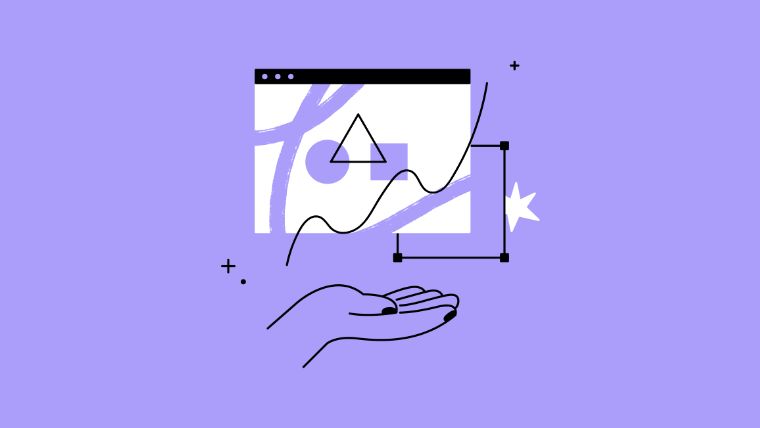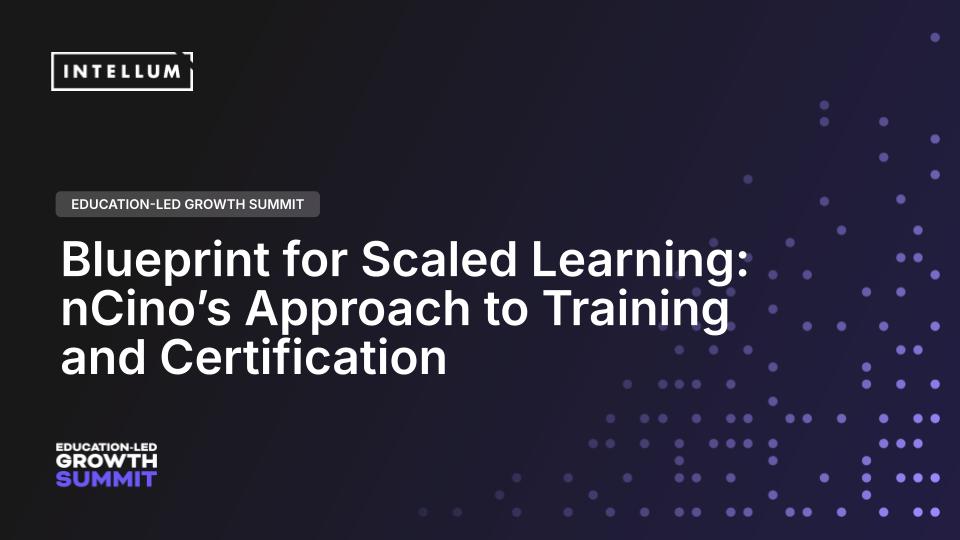Introduction to Learner Experience
This month's Intellum webinar focused on the elusive concept of the learner experience, a critical element composed of both technological and design components. The session brought together education professionals to explore how to make the "invisible" learner experience visible and actionable.
Understanding the Learner Experience
The conversation began by defining learner experience as emphasized by the Association for Talent Development, encompassing engagement, collaboration, application, and meeting learners at various stages of their educational journey. It's not just about acquiring knowledge in a single phase, but rather continuously progressing as their roles and permissions evolve.
"A great learner experience is really happening more in the background."
Core Components Discussed
Throughout the session, several core elements were discussed: ease of use, intuitive design, consistent layout, accessibility, and personalization. The importance of these factors in easing navigation and reducing cognitive load was highlighted, ensuring that learners are not hindered by confusing systems.
Embrace Intuitive Design
Participants discussed intuitive design as an acknowledged standard in platform development, using familiar conventions like placing profile links in the upper right corner. Intuition in design permits learners to focus more on content than navigation, reducing underlying friction in their learning journey.
"Minimize friction and cognitive load when you are locating yourself on a page or accessing content."
The Significance of Accessibility
Ensuring accessible education was another key theme. This extends beyond compliance and directly into the realm of learner preference and comfort. By considering visual impairments, hearing disabilities, and cognitive differences, a more inclusive environment is created, not just satisfying regulatory standards but improving overall learning effectiveness.
Personalization Matters
Lastly, personalization emerged as a crucial element. Whether delivering tailored content from the top-down or providing a Netflix-style bottoms-up experience, personalizing learning helps learners feel more connected. Such customized approaches not only improve engagement but also enhance the effectiveness of educational programs.
"Creating a space where self-service can happen for your learners is critical."
In conclusion, this engaging session emphasized that a well-crafted learner experience, supported by thoughtful design and strategic personalization, can empower learners, streamline educational processes, and ultimately impact growth and performance in substantial ways.









